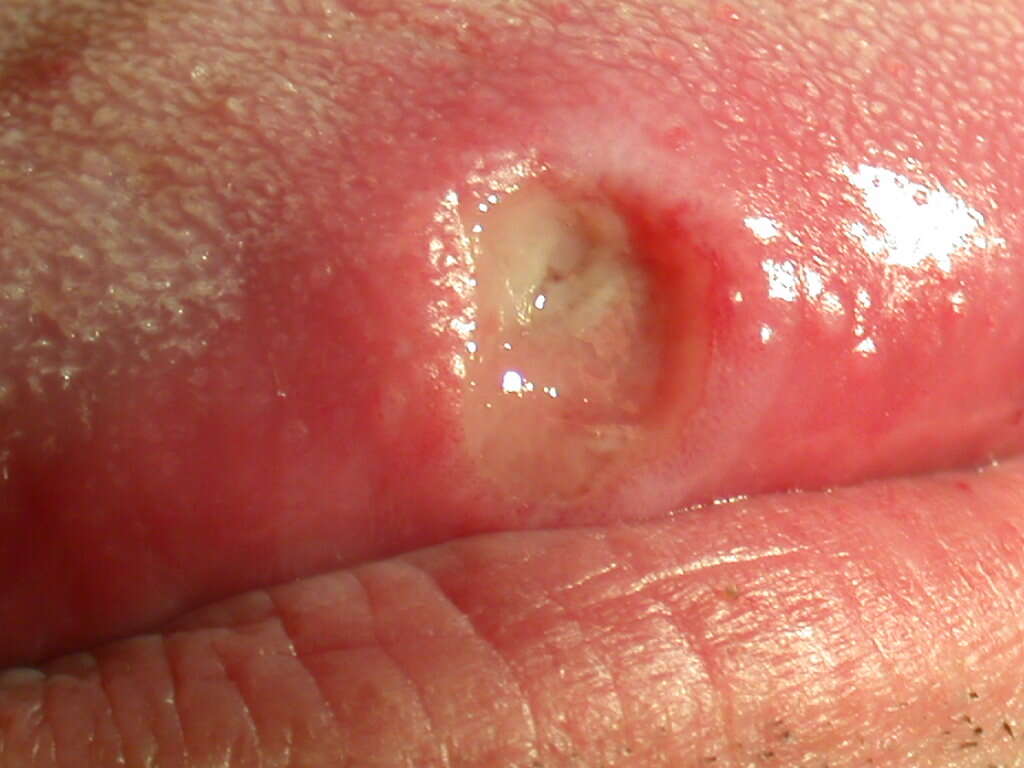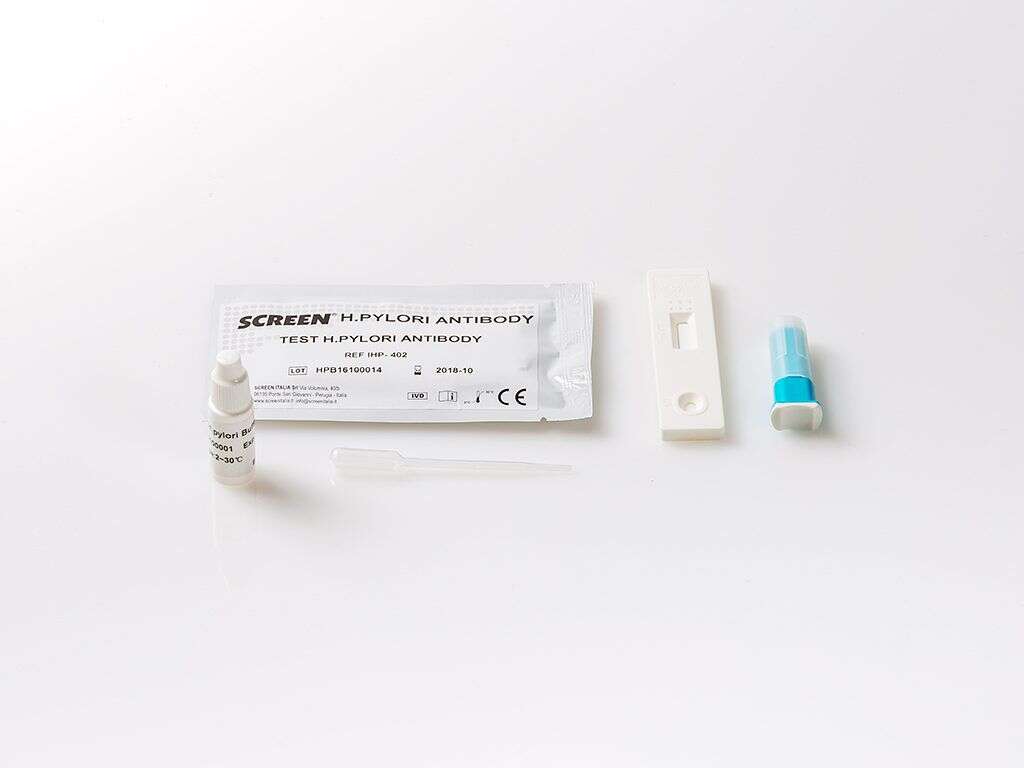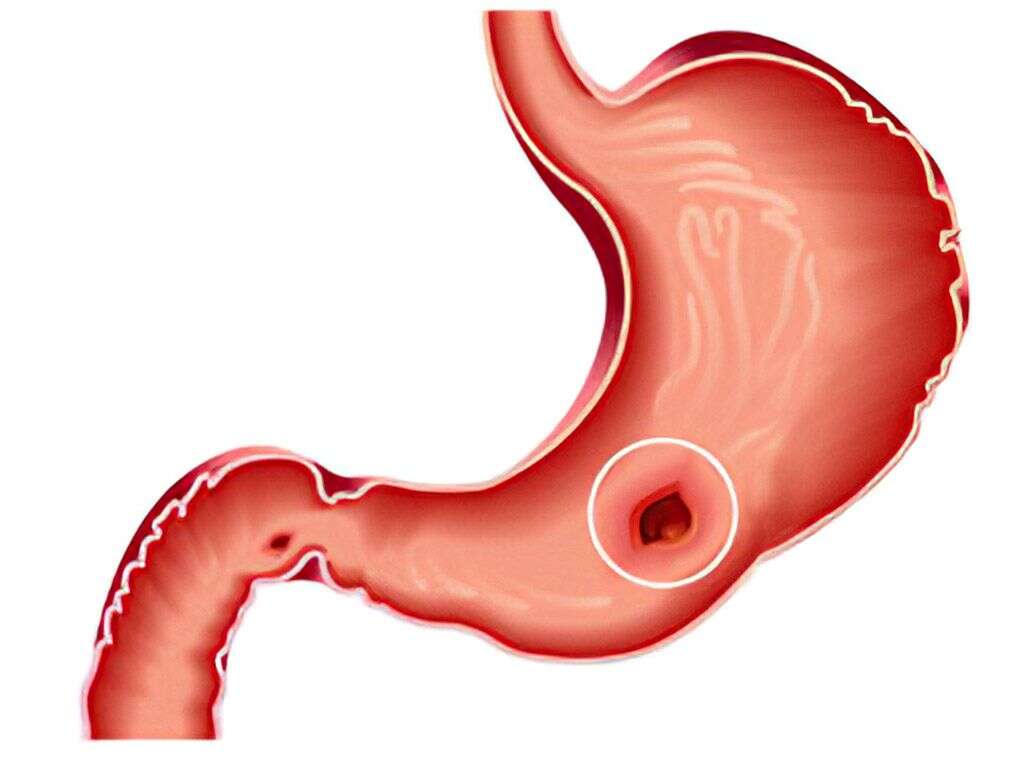What Is H. Pylori?
5. Lab Tests
Some of the noninvasive diagnostic studies include the fecal antigen test, which is based on monoclonal antibody immunochromatography. Moreover, the carbon 13 urea breath test for H. pylori infection is based on the detection of the products when the bacterium splits urea. In this test, patients drink a beverage (urea) labeled with a carbon isotope.
After a while, the concentration is measured in the breath. Although expensive, it is becoming increasingly available. Also, the H. pylori serology has a high sensitivity and specificity. It is based on the quantity of immunoglobulin G antibodies against H. pylori. It is a good test to help detect H. pylori infection among newly infected patients but not for follow-up cases. For areas with a high resistance rate against clarithromycin and metronidazole, using culture testing for H. pylori can also be beneficial.
Advertisement










